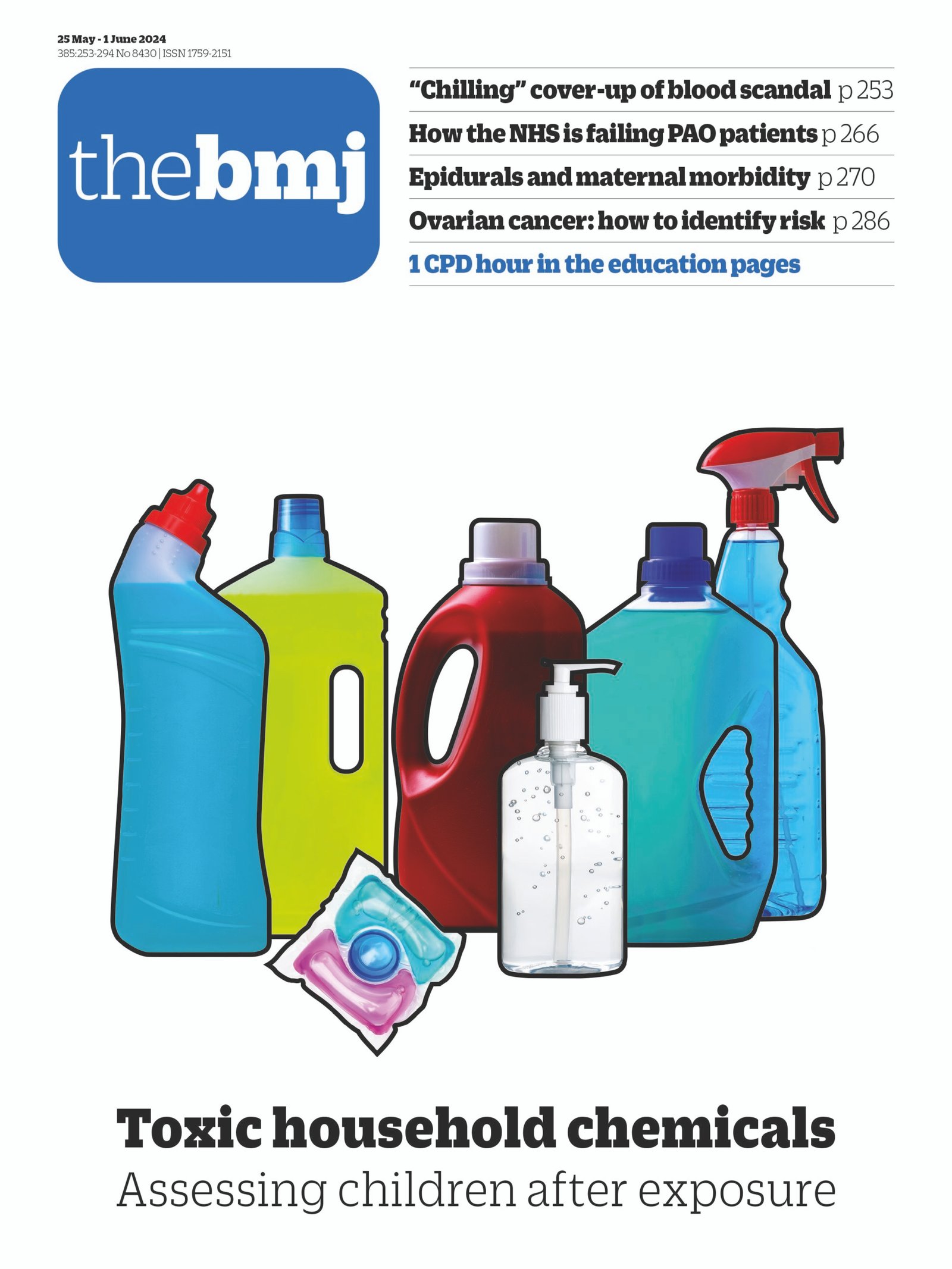- John H Powers III, professor
George Washington University School of Medicine, Washington, DC, USA
Department of Pharmaceutical Health Services Research, University of Maryland School of Pharmacy, Baltimore, MD, USA
- Correspondence to: J H Powers III jpowers{at}bmj.com
The goal of prescribing medical interventions is to improve patient outcomes. The challenge of inappropriate prescribing—for example, prescribing antibacterial drugs for viral illnesses, is prevalent in infectious diseases. Research shows that a third of US antibiotic prescriptions are unnecessary and this figure is up to seven in 10 prescriptions in other countries.12 This prescribing behaviour can lead to patients experiencing adverse effects for no benefit. Various organisations have proposed stewardship programmes composed of multiple interventions to address these concerns.3
In a linked paper in The BMJ (doi:10.1136/bmj‑2023‑079329), Schwartz and colleagues contribute to the literature on stewardship.4 Their study is a randomised trial in over 5000 physicians who did not opt into a previous programme in Ontario, Canada, evaluating prescriptions to patients older than age 65. The intervention was a one-time letter providing information on prescribing compared with peers, with further interventions of information on case-mix adjustments and general information on harms of antimicrobials. The primary outcome measure was the average antimicrobial prescription rate per 1000 patient visits at six months. The results showed that prescribing was decreasing before the intervention then increased after randomisation in the intervention and control groups. The authors suggest that this effect could be related to the onset of the winter respiratory infection season and the covid-19 pandemic but could also reflect the lack of durability of the intervention effect. Compared with the control group, those in the intervention group showed a relative increase in antimicrobial prescription rate of 5% less, translating to an absolute difference point estimate of 3.4 prescriptions per 1000 patient contacts. While statistically significant, what effect a difference of this magnitude would make on patient outcomes is unclear. In the study’s design, the authors had hypothesised a 7.5% relative difference.
Several limitations pose threats to the internal validity and generalisability of the study findings, many of which the authors outline in their discussion. These include focusing on physicians while excluding other prescribers, evaluating prescriptions only to patients older than 65 years, pre-randomisation exclusion of physicians who previously opted into a programme of prescribing feedback, and post-randomisation exclusion of prescribing outliers. These factors affect trial pragmatism because they might affect real world intervention effectiveness when applied to broader populations of physicians and patients.

The main limitation of this study was the primary outcome measure. Antimicrobial prescribing rate is not a direct measure of patients’ health status and, therefore, whether the intervention improves patient outcomes is unknown.
Lower prescribing does not necessarily mean better prescribing. Patients routinely do not take drugs as prescribed. They may not take them at all or may discontinue drugs once they feel better—the reason for recent studies on shortening durations of treatment.5
Additionally, the antimicrobial prescription rate is not a direct measure of patients’ health status. As one study pointed out, “The ideal amount of antibiotic use is an elusive benchmark because it can be variable by setting and patient and is, to some degree, subjective.”6 Antimicrobial prescription rate is a surrogate endpoint, but a surrogate for what? The authors claim antimicrobial prescription rate is “known to drive antimicrobial resistance.”4 However, antimicrobial resistance is also not a direct patient outcome; it is a measure of the interaction of organisms with drugs in vitro, where the host’s immune system is absent.
The primary reason for appropriate prescribing is not solely to prevent antimicrobial resistance but to improve patient outcomes. While resistance is associated with worse patient outcomes, recent research shows 17 of 18 deaths associated with bloodstream infections are from bacteria susceptible to currently available drugs.7 Schwartz and colleagues reference a 2014 document predicting more deaths from antimicrobial resistance than cancer in 2050.8 This prediction was based on modelling that thankfully has not come to pass a decade later. More recent research shows decreasing antimicrobial resistance in the US and internationally.9101112 Only one in four deaths with a resistant organism are attributable to resistance.13 Furthermore, all resistance is not equal. In vitro resistance to one or more classes of drugs is less accurate at predicting patient outcomes than the more clinically relevant measure of resistance to all available first line drugs (ie, difficult to treat resistance).1415 Difficult-to-treat resistance is thankfully uncommon in the US and has remained stable or decreased over time; perhaps inferring the benefits of antimicrobial stewardship on patient outcomes.
Yet, if antimicrobial resistance did not exist, the need for appropriate prescribing would not be obviated. The more common and more proximal harm to patients is from direct adverse effects of antimicrobials. The authors note up to 30% of patients may experience direct adverse effects.16 The expanding literature on adverse effects caused by antimicrobials shows that these effects are far from benign. They are the most common cause of drug related admissions for children to emergency departments.17 Studies raise the possibility that the antimicrobial effects on the host microbiome may decrease the efficacy of immunotherapies for cancer.18
The priority for appropriate prescribing and the outcomes measured in future stewardship studies should be direct patient outcomes. Showing direct benefits for patients would justify the cost and implementation of such programmes before they are routinely recommended.










